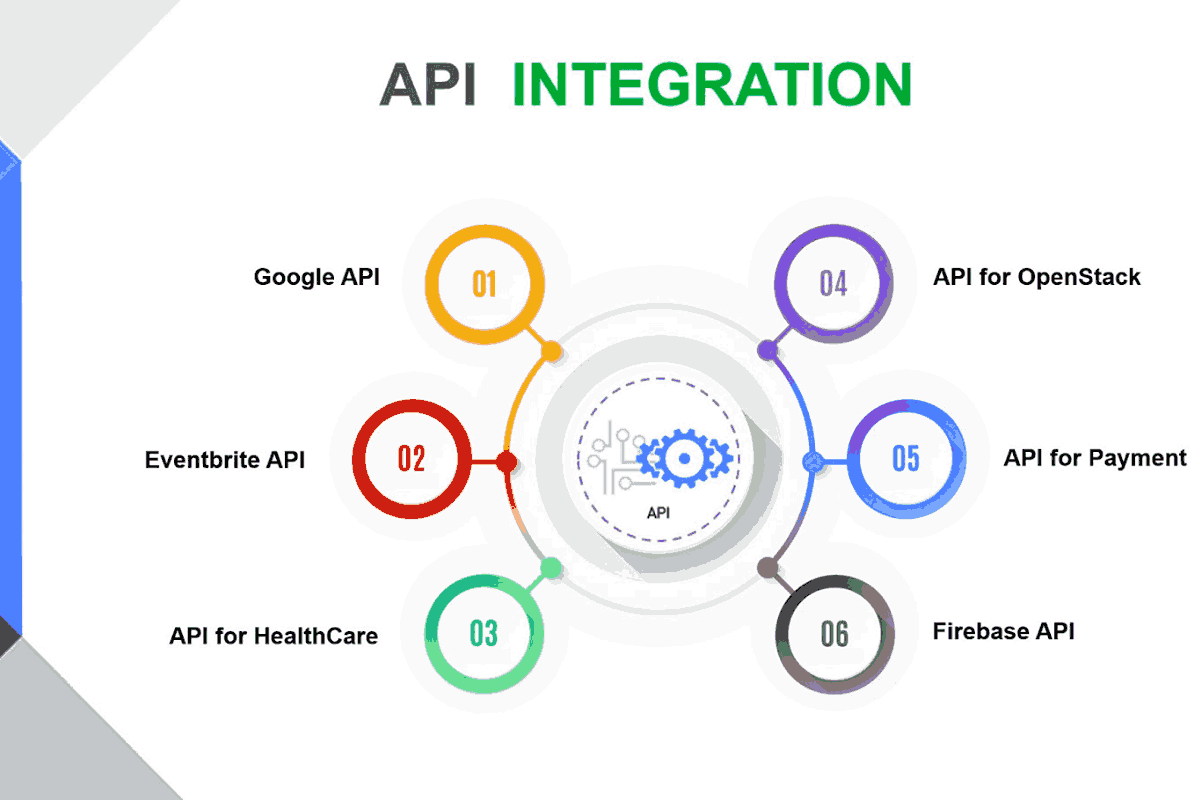
Drone technology advancements are rapidly transforming the way we interact with the world around us. From simple remote-controlled aircraft to intelligent autonomous systems, drones have evolved into powerful tools for industries like agriculture, logistics, filmmaking, and emergency response.
These advancements are not just improving how drones fly—they're redefining what drones can do. As cutting-edge innovations continue to emerge, drones are becoming smarter, faster, and more reliable, opening up new opportunities and reshaping the future of technology-driven solutions. Drones are made with higher programming language.
Smarter, More Autonomous Flight
At the heart of modern drone progress is the integration of artificial intelligence. AI allows drones to process data in real-time, make decisions mid-flight, and respond to dynamic environments without direct human control. Today’s most advanced models are capable of identifying objects, avoiding obstacles, and even mapping terrain on their own.
This level of autonomy is especially useful in industries like agriculture, where drones can survey thousands of acres, detect crop issues, and even apply fertilizers or pesticides with incredible accuracy—all without a human pilot.
In disaster zones, autonomous drones are now being used to deliver supplies, scout dangerous areas, and assist in search and rescue operations, often going where humans cannot.
Better Batteries and Longer Flights
Battery life has long been a major limitation for drone operators. Recent improvements in energy storage and power management systems are extending flight times and enhancing overall performance.
Companies are now experimenting with hydrogen fuel cells, lithium-silicon batteries, and lightweight solar panels to give drones longer operational windows. This is critical for services like aerial mapping, border patrol, and large-area surveillance, where flight duration directly affects efficiency.
Even consumer drones are benefiting from these upgrades. It’s becoming more common to see hobbyist drones with 30+ minutes of flight time, compared to the 10–15 minutes common just a few years ago.
Enhanced Imaging and Sensing
Drones equipped with high-definition cameras and smart sensors are transforming how we capture and interpret visual data. Thermal imaging, LiDAR, multispectral cameras, and infrared sensors are now standard in many commercial drone models.
These tools are proving incredibly useful in fields like construction, where detailed 3D models of job sites can be created in minutes. In energy infrastructure, drones are being used to inspect wind turbines, power lines, and pipelines without the need for costly and dangerous manual checks.
In filmmaking, drones with cinema-grade cameras offer breathtaking aerial shots, drastically reducing the need for helicopters or cranes.
The Rise of Swarm Technology
Another remarkable breakthrough is the development of swarm technology. Inspired by the way birds or insects move in groups, this innovation allows multiple drones to coordinate and operate as a single unit.
Swarm drones are being tested for crowd monitoring, agricultural spraying, and even light shows. In the military, they can be deployed to perform complex maneuvers, jam signals, or conduct surveillance across large zones with minimal risk.
By working in unison, these fleets of drones are capable of doing jobs faster, safer, and often more economically than a single high-powered drone.
Industry Applications: More Than Just Cameras in the Sky
The impact of these innovations is being felt in a variety of industries. Farmers use drones to monitor soil health and track plant growth. Logistics companies are testing drones for last-mile delivery of medicine, food, and even e-commerce orders. In environmental science, researchers are using them to track wildlife, measure pollution, and monitor deforestation in hard-to-reach areas.
Law enforcement agencies also use drones for aerial surveillance, traffic monitoring, and crowd control, while emergency responders rely on them during floods, earthquakes, and fires.
These practical uses are proving that unmanned aerial vehicles are more than just tools—they're becoming a new layer of infrastructure in modern society.
Challenges and Responsible Growth
As capabilities expand, so do concerns. Privacy issues, airspace regulation, and cybersecurity are all critical topics that need to be addressed. Governments and aviation authorities around the world are working to create updated regulations to ensure drones are used safely and ethically.
The tech community is also investing in geo-fencing, auto-return features, and encrypted data transmission to reduce risks and prevent misuse.
Conclusion
The pace of drone technology advancements shows no sign of slowing. As drones become smarter, more efficient, and more versatile, they will continue to influence the way we live and work. From delivering aid in disaster zones to revolutionizing farming practices, drones are proving to be one of the most transformative technologies of our time.
Staying informed about these advancements is essential—not only for tech professionals and businesses but for society as a whole. Whether you’re watching from the ground or flying one yourself, the future of drones is already here—and it’s soaring higher than ever before.
Keywords:
- Drone technology advancements











Leave a comment